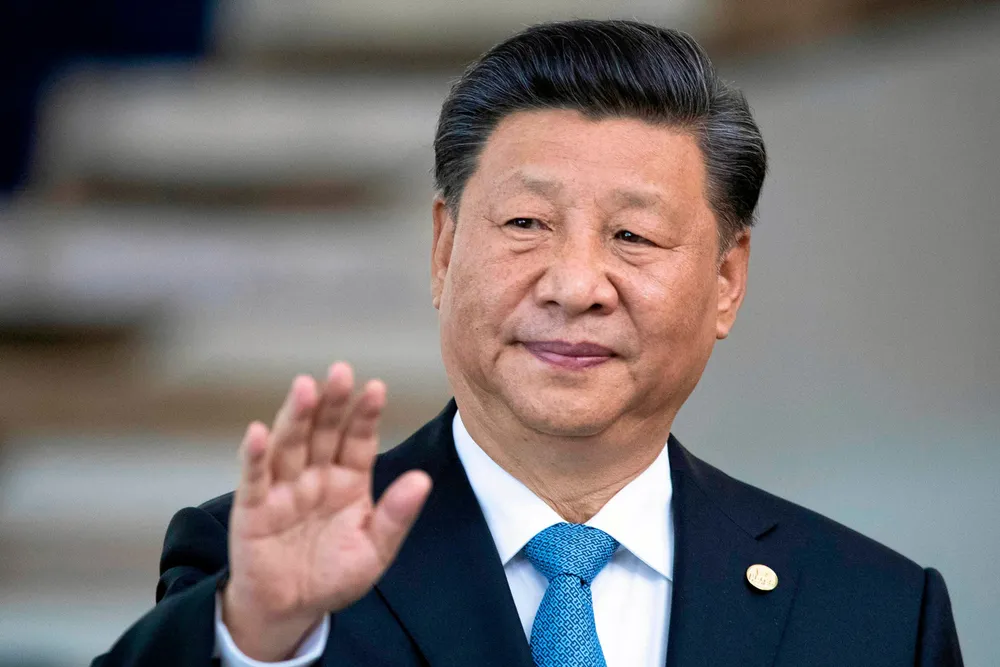China raises emissions reduction target to cut carbon footprint
President Xi Jinping boosts planned share of non-fossil fuels in primary energy consumption mix to around 25% by 2030

President Xi Jinping boosts planned share of non-fossil fuels in primary energy consumption mix to around 25% by 2030
